
CAR FIRES: Recent Port Douglas incident fuels awareness
KEY REASONS AND PREVENTION
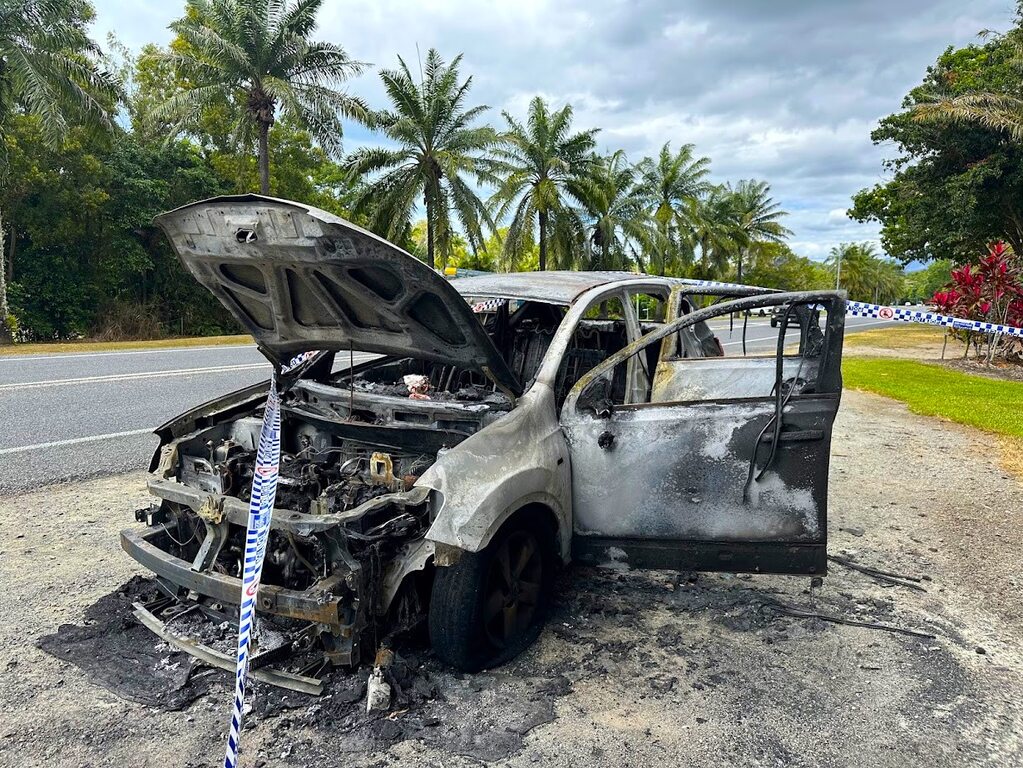
The burnt out wreck of a car recently seen by motorists on the main road into Port Douglas has prompted Newsport contributor Paul Makin to look more closely at the hows and whys of car fires, and brought some useful tips on prevention.
Car fires rarely have a single cause, even when investigating crews trace the blaze back to its origin. Typically, these incidents result from a combination of factors: human error, mechanical issues, and chemical sources.
The critical takeaway is that once a car catches fire, make sure you or your family are safe and NEVER go back to retrieve valuables.
Recent Port Douglas incident
A car fire, like the one recently in Port Douglas near the Reef Resort on the main road into town, can rapidly escalate. The Nissan Dualis ST Compact went up like a roman candle and was involved in a high-intensity fire when Port Douglas Fire and Rescue arrived.
Thankfully, the driver escaped the burning car, and no one was injured. Long after the fireys had packed up and left, this unsightly burnt-out vehicle remained on the side of the road, much to the chagrin of locals and tourists alike.
Social media was buzzing with demands for its removal, citing the vehicle's impact on the town's image as a tourist destination. While these complaints were extremely valid, it took more than two weeks before the eyesore was finally cleared.
Cause
Newsport reached out to Queensland Fire & Emergency Services to find out the cause. Their media representative told this reporter the fire was not suspicious, and it’s believed the blaze started in the engine, so we can eliminate arson. What happened on the main road into Port Douglas is top of the list when it comes to car fires.
Overheating
The leading cause of car fires is an overheated engine and leaks in the fuel system. An overly hot engine might not necessarily burst into flames itself, but it could cause other flammable parts, like oil, to spread and ignite.
They drip, drizzle, and spurt throughout the engine bay and onto the exhaust system, landing on other hot parts, where they can ignite and spread.
The average car or truck has several flammable and highly dangerous fluids under the hood like petrol, diesel fuel, engine oil, transmission fluid, power steering fluid, brake fluid, and even engine coolant. All those fluids are circulating when the car is on, and all of them can catch fire if their lines, hoses, or reservoirs are compromised.
Battery
Car batteries are problematic. A typical car's standard lead-acid battery charging cycles can cause explosive hydrogen gas to build up in the engine bay, and the electrical current the battery provides (along with faulty or loose wiring) can produce sparks that can quickly ignite a fluid drip or leaked vapours.
Electrical
The electrical system's hazards aren't confined to the area under the hood. Electrical wiring runs throughout the entire car, through channels, into doors, under the carpet, and through powered and heated seats, just to name a few places where an unnoticed frayed wire could cause havoc.
Where do EVs fit in?
According to the EV FireSafe website, Australia has reported only six electric vehicle (EV) battery fires among more than 180,000 EVs on our roads. Notably, none of these incidents were spontaneous, related to charging, or resulted in explosions.
The causes of these fires were varied, with three incidents stemming from external fires unrelated to the vehicles, one due to arson, another caused by a road collision, and the last incident involving a Tesla hitting debris on a highway. In contrast, the main culprits of battery fires were e-mobility devices like e-bikes and e-scooters, along with battery chargers and energy storage batteries.
The Australian Competition and Consumer Commission (ACCC) has announced that the dangers posed by the type of batteries used in most electric cars, e-scooters, and e-bikes will be a top priority for them in 2024-25. Australia's competition regulator and national consumer law watchdog will focus on the risks associated with the use of emerging technology, particularly lithium-ion batteries.
These batteries are the most widespread portable energy storage solution globally, powering a wide range of consumer products from mobile phones and laptops to transportation devices like e-bikes, e-scooters, and electric vehicles.
Maintenance the key
Neglecting maintenance is a major factor in making your vehicle more dangerous overall. An engine with a bad gasket is more likely to drip hazardous and flammable fluids. Twenty percent of car fires can be traced to electrical failure or malfunction.
So just pop the bonnet every now and then to inspect your vehicle for leaks and frayed wires. This is something you can do at home, and it won’t cost you a cent. Having a blasé attitude could cost you thousands of dollars and leave you being grilled by your insurance company about what went wrong.
Stay vigilant with vehicle maintenance, because understanding the various risk factors can significantly reduce the likelihood of experiencing a car fire. Hey, let's be careful out there.
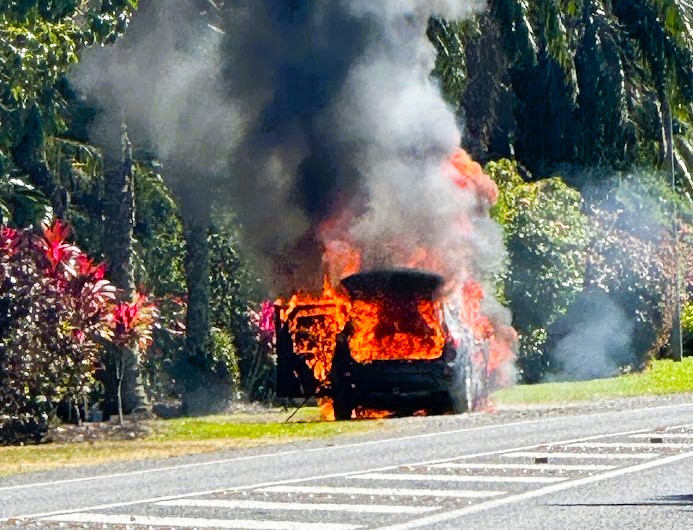
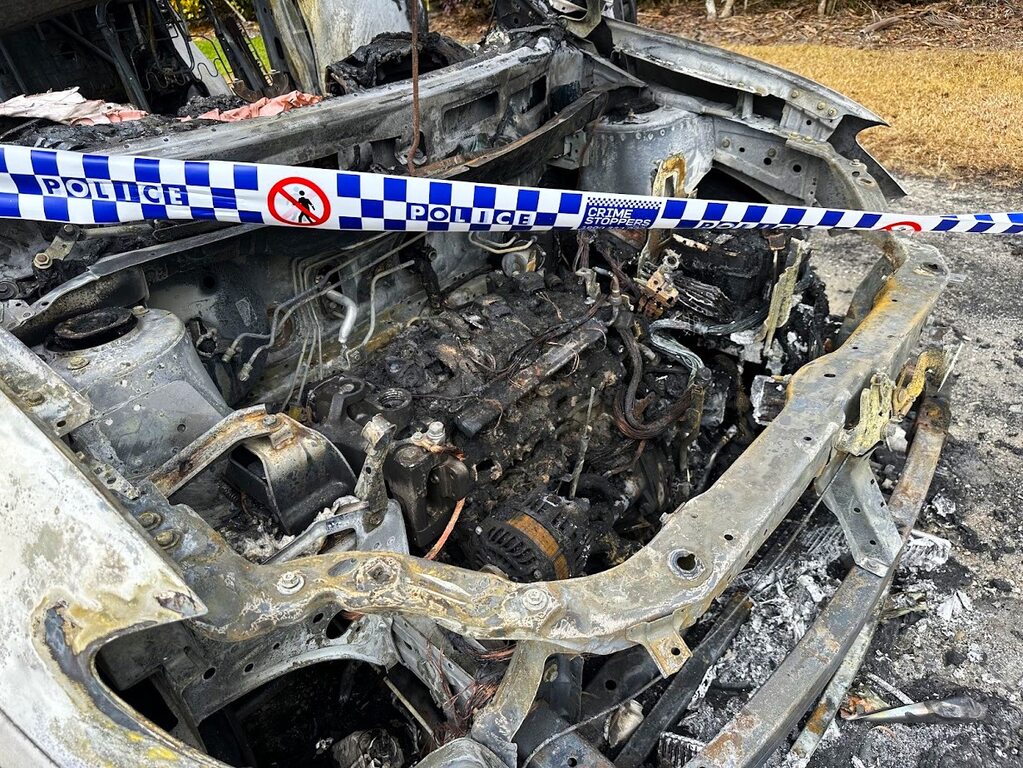
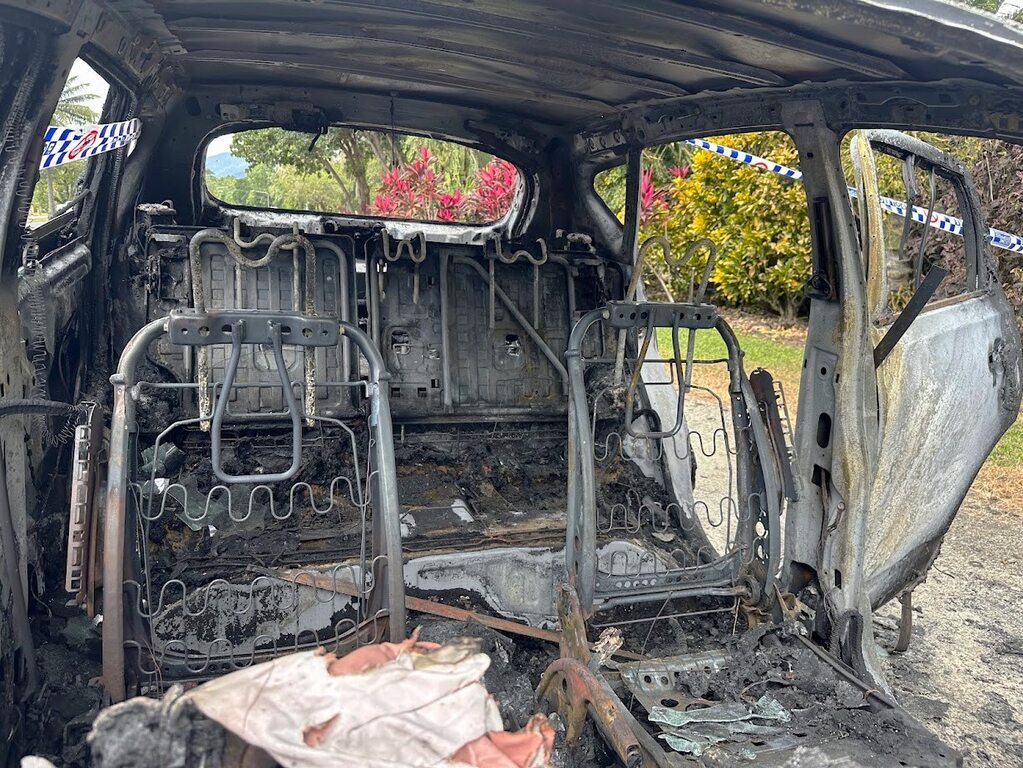
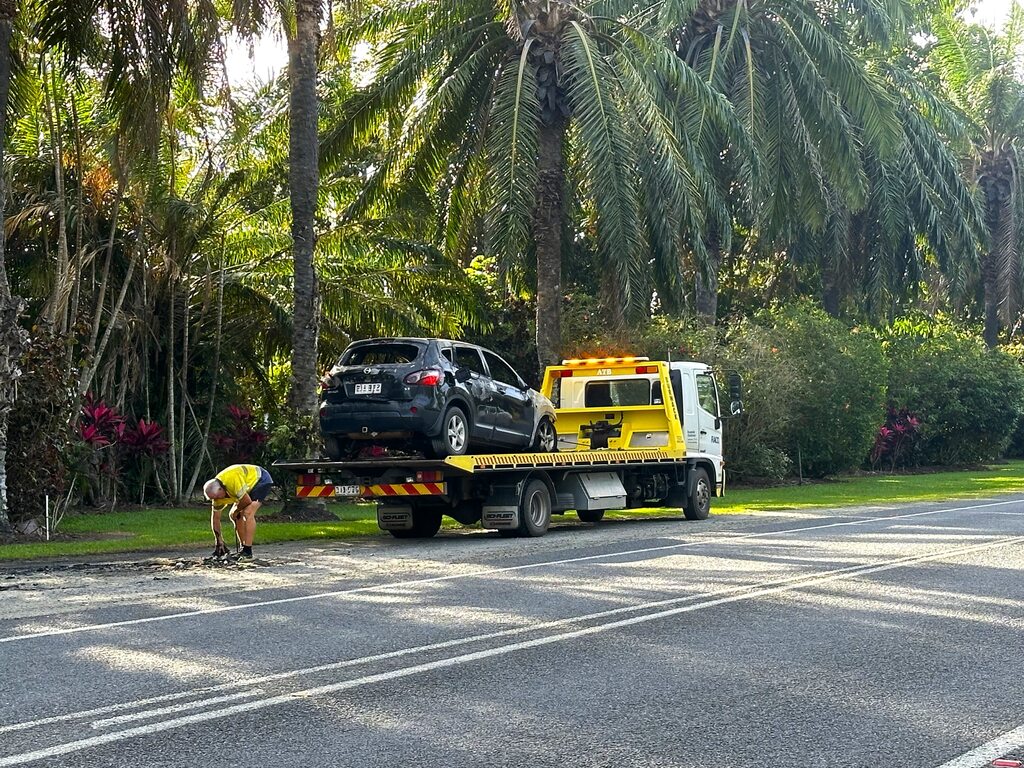
Support public interest journalism
Help us to continue covering local stories that matter. Please consider supporting below.
